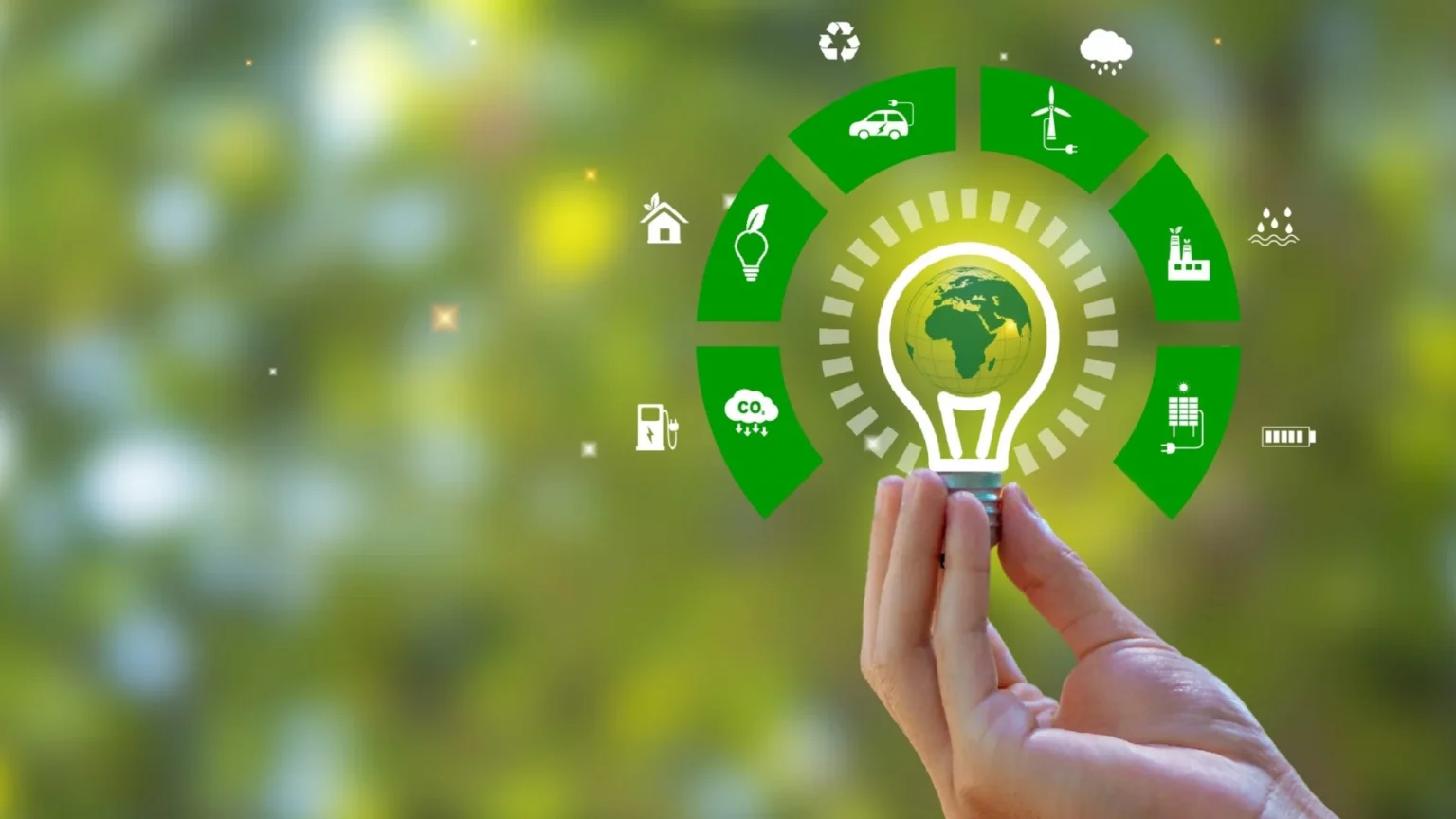Imagine walking through Kuwait’s streets or office buildings where lights glow only when needed, adjusting automatically to the environment. This is not a futuristic dream but a reality made possible by the Internet of Things (IoT). In a country where energy consumption is among the highest in the world due to extreme temperatures and urban growth, IoT driven smart lighting offers a game changing solution. It not only reduces power usage but also cuts costs, improves comfort, and aligns with Kuwait’s sustainability goals.
The Power of IoT Enabled Smart Lighting
Unlike traditional lighting, IoT enabled systems use sensors, cloud connectivity, and automation to control lighting dynamically. Lights can brighten, dim, or switch off depending on occupancy, daylight, and even weather conditions. This smart approach minimises waste while ensuring optimal illumination. For Kuwait, which heavily relies on electricity for cooling and lighting, such technology can significantly reduce pressure on its energy infrastructure.
Kuwait’s Energy Challenge
Kuwait faces unique energy challenges. Long, hot summers push electricity demand to high levels, and lighting accounts for a large share of this consumption. Conventional lighting systems run unnecessarily during daylight or in unoccupied spaces, wasting power. Smart lighting addresses these inefficiencies by making every light bulb intelligent and responsive. By doing so, it directly supports Kuwait’s vision for energy conservation and environmental sustainability.

Energy Efficiency Through Adaptive Lighting
Smart lighting adapts to its surroundings. For example, in offices, sensors detect natural light and dim artificial lights accordingly. In residential complexes, lights automatically turn off when no one is around. On streets, motion detectors ensure lamps brighten only when vehicles or pedestrians approach. Such automated responses can cut lighting energy use by up to 40 percent, contributing to lower bills and reduced emissions.
Cost Savings and Smart Management
The financial benefits of IoT lighting are equally impressive. These systems allow building managers to track energy consumption in real time, identify inefficiencies, and schedule lighting remotely. Predictive maintenance is another advantage smart bulbs report their own status, preventing sudden failures and lowering repair costs. For Kuwait’s businesses and government facilities, this translates into significant operational savings over time.
Enhanced Comfort and Well Being
Beyond efficiency and cost, smart lighting improves human experiences. It can adjust brightness and color temperature to mimic natural light, helping people stay alert during the day and relax in the evening. Schools, offices, and hospitals in Kuwait can benefit from better focus, mood, and productivity. In public areas, well controlled lighting also enhances security and makes spaces feel safer and more inviting.
Seamless Integration with Renewable Energy
IoT based lighting also works hand in hand with renewable energy sources. For instance, buildings with solar panels can use smart controls to balance grid and solar power intelligently. During sunny hours, reliance on solar increases while energy from the grid decreases. This integration not only saves money but also supports Kuwait’s gradual shift toward renewable energy adoption.

Smart Street Lighting for Smarter Cities
Public lighting is another area where IoT makes a big difference. Kuwait’s municipalities can replace conventional street lights with smart LED fixtures equipped with sensors and wireless connectivity. These lights adjust brightness depending on traffic or pedestrian movement and can be monitored remotely. This not only conserves power but also improves safety by ensuring dark spots are quickly addressed.
Steps for Successful Implementation
Adopting smart lighting on a large scale requires careful planning. Kuwait can start with pilot projects in government buildings, schools, and key urban areas to demonstrate benefits. Training facility managers ensures smooth operation and maintenance. Choosing open standard systems guarantees flexibility and avoids vendor lock in. Lastly, public awareness campaigns can encourage adoption by highlighting environmental and financial gains.
Future Vision A Brighter, Greener Kuwait
The widespread use of IoT smart lighting can transform Kuwait into a model of energy efficiency. As technology advances, these systems will become part of larger smart city frameworks, integrating with HVAC, traffic control, and renewable energy solutions. This interconnected ecosystem promises reduced energy waste, lower costs, and a cleaner environment. With such innovations, Kuwait can lead the way in sustainable urban living.
Conclusion
IoT powered smart lighting is more than a technological upgrade; it is a step toward a brighter, greener Kuwait. By optimising energy use, lowering costs, and improving comfort, these systems deliver benefits at every level from households to entire cities. Embracing this technology today ensures a future where energy is used wisely, the environment is protected, and Kuwait’s citizens enjoy a higher quality of life.
Do follow Gulf Magazine on Instagram.
Also Read – Kuwaiti Hospitals Achieve Outstanding Patient Outcomes with Robotic Surgery



